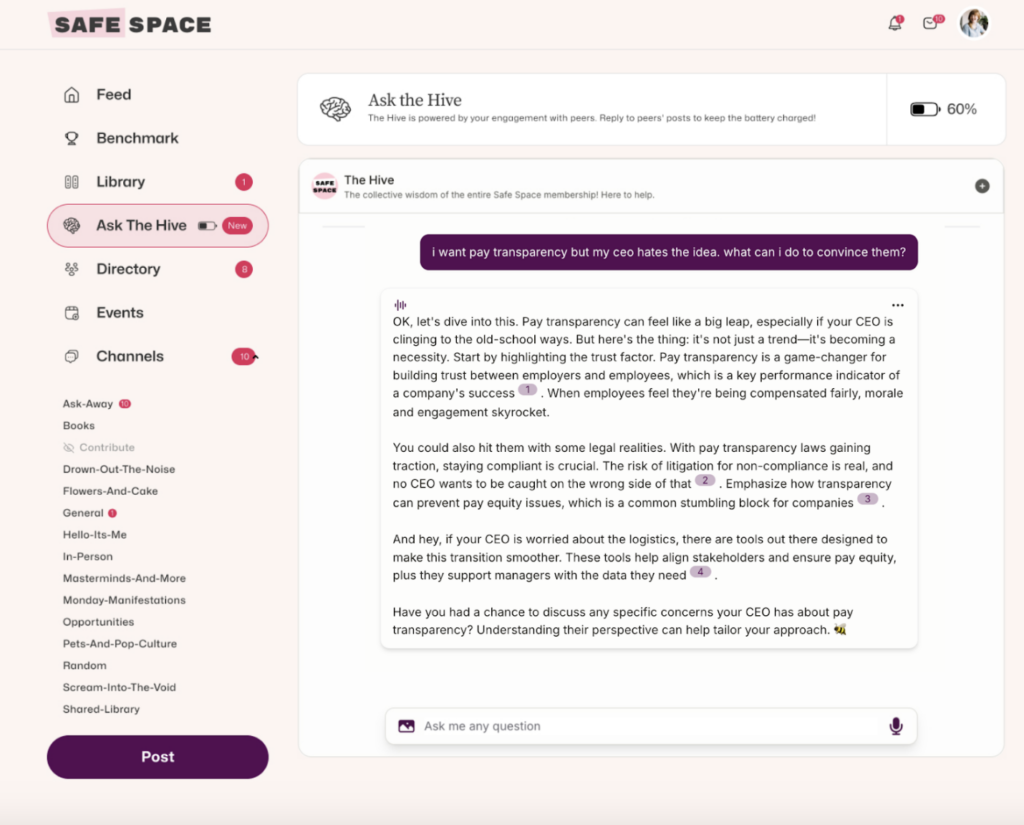
How does working in HR differ between a company with unions vs. non-unions? I’ve only ever worked for non-union companies and wondering what different skills are needed. Can HR leaders transition easily between the two types of companies?
Context: 50 employees at a family owned salon (not my family) across 6 locations in one state.
Alie Kerney, Sr. HR Coordinator @ Coriell Institute for Medical Research:
I have experience working in environments with both unionized and non-unionized employees, which presented unique challenges. The key differences in benefits, such as varying medical plans, additional time off, and the ability to file grievances, often created a sense of disconnect. Non-union employees frequently perceived that their unionized counterparts received more favorable benefits and were held to different standards of accountability, largely because union employees could file grievances, which their union representatives would escalate on their behalf.
For clarity, a grievance is a formal complaint filed by a unionized worker through their union representative, usually regarding a company policy or rule that is believed to have been violated and affects their working conditions.
When managing a unionized workforce, it’s essential to thoroughly understand the union contract between the company and the union. In HR leadership, especially when addressing grievances, it is crucial to work collaboratively with union delegates while ensuring fair application of the contract terms. Transitioning from a unionized to a non-unionized workforce is often easier because it involves focusing primarily on company policies and federal, state, and local regulations, without the added complexity of interpreting a union contract.
Tammi Burnett, Director of People and Culture @ Rainforest Action Network:
Working in a unionized environment is a specialized skill set, but one that savvy HR pros are well-equipped for. Union interactions use the same basic skills, applied slightly differently; for example, negotiation skills, relationship building, attention to detail, and compliance skills all benefit folks who work with unions (and these are core HR skills already). What’s different is the legality of how to interact with unions, and there are very specific rules laid out in the NLRA (National Labor Relations Act) about what you can and cannot do. I would recommend learning as much as you can about the NLRA and the governing body, the National Labor Relations Board. Take some trainings, read their website thoroughly, and talk to HR folks who work in unionized environments to hear about their experience. Some HR folks love labor relations; some absolutely hate it.
Some of what you’re asking depends on the union(s) present, the relationships between union and management, and how many contracts are present. I personally would not recommend moving from a non-union environment to one like a large university or a government office where there may be upwards of 10 or 20 different unions/contracts. However, moving from a non-union environment to one where there’s a single union may be a good entry point.
Anessa Fike, CEO/Fractional CPO @ Fike+Co:
In my experience, unionized environments have a lot more paperwork and process. But it also tends to protect employees better – so there are tradeoffs. However, if you have more than 1 or 2 unions, you really need a team that includes HR and legal to ensure that you have the time to devote to everything that is needed in that environment.

How do you handle different languages spoken in the workplace?
Context: I have employees with very diverse backgrounds. Most of my employees speak a second language and we have a few employees who are related to each other. This is causing issues with native languages being spoken at work and it is upsetting other employees who don’t speak the language.
Alex Clermont, Director of People and Operations @ TDC:
Generally the EEOC grants employees the right to speak in their native language at work unless it interferes with safety or business operations – coworkers not liking it does not qualify. This sounds like an opportunity for some DEI training, but as you figure out what might be best for your organization make sure that first and foremost you are protecting the rights of your bilingual employees!
I would do some research on training around “right to comfort.” Employees are not entitled to understand every conversation happening around them, or every type of cultural interaction, just because they are of the dominant language/race/culture/religion. The work to do is around getting them used to that idea.
JOIN 150K+ HR LEADERS
Get insights, learnings, and advice on how to build companies and cultures that people actually love.
No spam. Unsubscribe any time.


